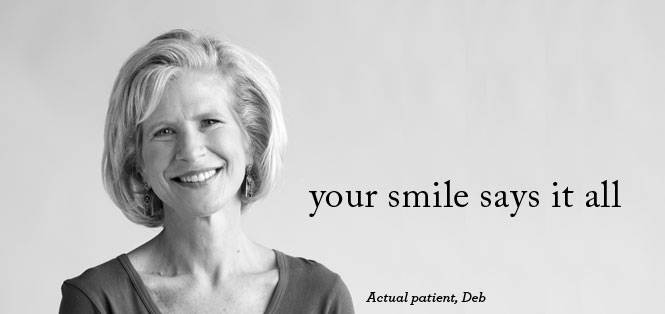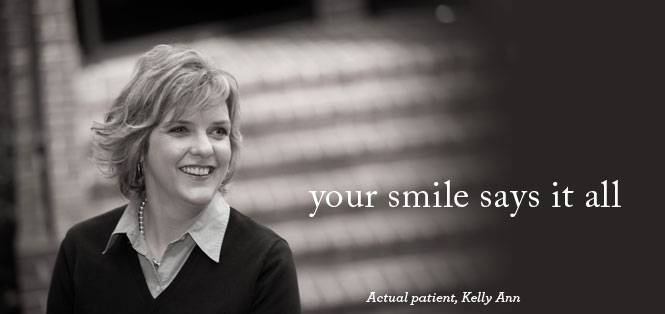TMJ/TMD – Jaw Joint Problems
TMJ/TMD
The temporomandibular joint, also known as TMJ, connects the condyle of the lower jaw (mandible) with a socket (fossa) of the temporal bone on the side of the head. Place your fingers in front of your ears and open your mouth to feel your TMJ. These joints allow the jaw to smoothly move up & down and side to side, allowing us to talk, chew and yawn. Muscles attached to the TMJ control its position and movement. A soft disc lies between the mandibular condyle and the temporal bone and absorbs shock to the jaw joint.
Pain in the chewing muscles or jaw joint is the most common symptom of TMJ/TMD issues. You also may experience radiating pain in the face, jaw or neck; jaw muscle stiffness; limited movement or locking of the jaw; painful clicking, popping or grating in the jaw joint during movement; or a change in your bite.
TMJ/TMD pain may be relieved by eating soft foods; applying ice packs when pain occurs; avoiding extreme jaw movements including wide yawning, loud singing and gum chewing. Since TMJ/TMD is often associated with stress and /or cramps in the chewing muscles, techniques to reduce stress and practicing gentle jaw stretching & relaxing exercises to increase jaw movement may be helpful. Short-term use of common pain medicines may provide temporary relief from TMJ/TMD pain.
Depending on your history and symptoms Dr. Silvaggio may recommend a stabilization splint or bite guard to treat your TMJ/TMD. He would make a custom-made plastic device that fits over your upper teeth. Stabilization splints are the most common treatment for TMJ/TMD pain and dysfunction.
Jaw Pain
Facial pain or jaw pain in the chewing muscles or jaw joint is the most common symptom of temporomandibular joint disorders, also known as TMJ. Jaw pain may be caused by dislocation or injury which are internal changes to the joint involving a displaced disc, a dislocated jaw or injury to the muscle. Arthritis and degenerative or inflammatory joint disorders also may lead to jaw pain.
As with TMJ/TMD pain, jaw pain may also be relieved by eating soft foods; applying ice packs when pain occurs; avoiding extreme jaw movements including wide yawning, loud singing and gum chewing. Since jaw pain is often associated with stress and/or cramps in the chewing muscles, techniques to reduce stress and practicing gentle jaw stretching & relaxing exercises to increase jaw movement may be helpful. Short-term use of common pain medicines may provide temporary relief from facial discomfort and jaw pain.
Depending on your history and symptoms Dr. Silvaggio may recommend a stabilization splint or bite guard to treat your TMJ/TMD. He would make a custom-made plastic device that fits over your upper teeth. Stabilization splints are the most common treatment for TMJ disorders, including jaw pain.
T-Scan® Digital Occlusal Analysis System: We use the T-Scan® system to evaluate the occlusion of our patients. Occlusion is the contact between teeth or the relationship between the upper & lower teeth when they meet. This occurs during chewing or at rest. Malocclusion is the misalignment of teeth & jaws. Malocclusion can cause a number of dental & health issues including: TMJ disorders, sensitive or fractured teeth, headaches and neck pain.







